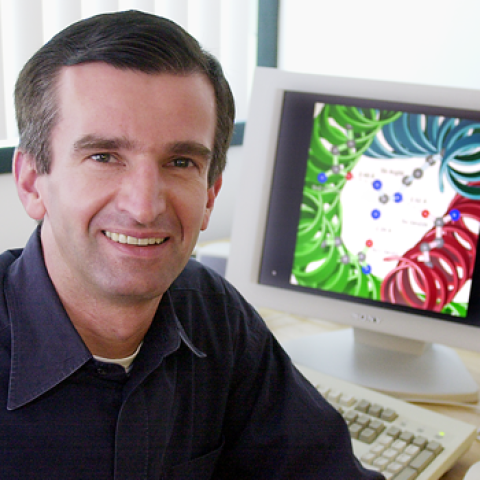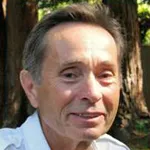Interdisciplinary Initiatives Program Round 1 - 2000
Axel Brunger, Molec & Cell. Phys.
Jean-Claude Latombe, Computer Science
Daniel Russel, Computer Science
Leonidas Guibas, Computer Science
Jun Ashima, SSRL and LBNL
The genome projects have produced a wealth of information about protein sequences and their evolutionary relationships among different organisms. This sequence information needs to be related to protein function. An important intermediate step is to obtain three-dimensional structures of proteins and their complexes. Considering the large number of proteins expressed by a particular organism, structure determination needs to be made much more efficient. process, which is almost entirely done by hand – with a chemist using an interactive graphics display. The purpose of our work is to explore computational methods for automating and speeding up structure determination as much as possible. Even when full automation is infeasible, we plan to develop computational tools that aid the chemist’s work, reducing what is now a period of months to a period of days.Our approach is to introduce techniques from computational geometry developed by computer scientists for shape analysis and recognition, including segmentation and the extraction of features, such as _-helices, _-strands, and aromatic rings, in an electron density map. We seek to obtain higher-level, more abstract representations of such a map that may be easier to interpret by automated pattern recognition methods. Recently, we have used algorithms that determine an approximation for a particular contour level of a density map. We believe that these methods could provide the basis for highly automated modeling of electron density maps.




